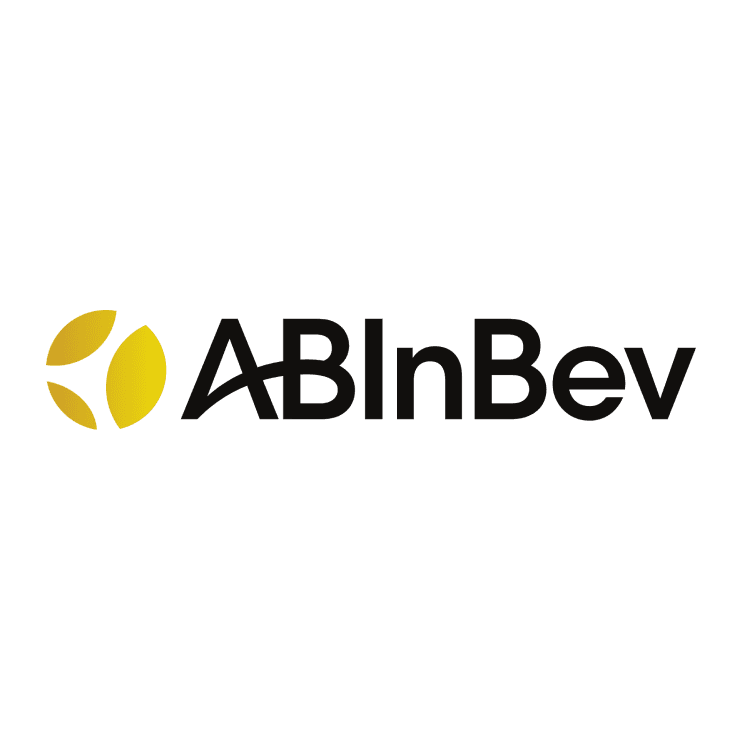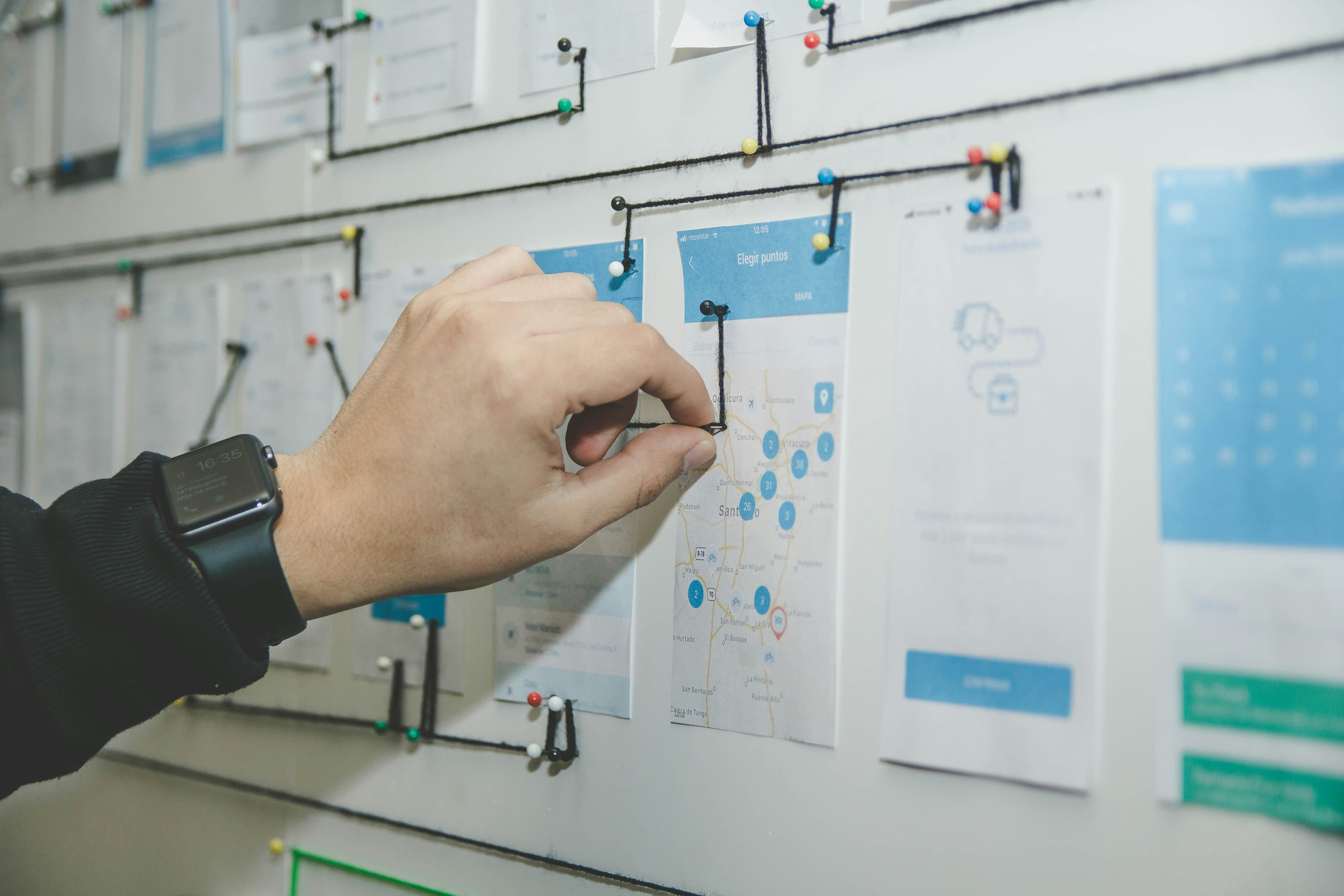Publish a Transparent, Science-Based Climate Plan
 Ball
Ball
总结
Proactive approach by holding deep dive sessions, outlining key actions across the value chain (low carbon Al, RE energy & electrification, recycled content, lightweighting...)
Context
This case study is part of decarbonization best practices shared with AB InBev Eclipse sustainability program’s community. Discover more about the Eclipse program here.
Ball is the global leader in innovative, sustainable aluminum packaging for beverage and personal and home care products. Packaging can represent over 40% of Ball’s customers’ carbon footprint. In turn, Ball’s scope 3 emissions are about 90% of its total GHG emissions, with aluminum representing around 80%.
Aluminum is a critical material of the global economy and the green energy transition. The International Aluminum Institute anticipates global aluminum demand increasing by nearly 40% by 2030 and doubling by 2050, driven by the transportation, construction, packaging, and electrical sectors. Primary aluminum production is energy-intensive and a major source of emissions. Hence, it is fundamental to decouple aluminum production from emissions. Circularity is a key lever to do it: recycling aluminum requires 95% less energy than producing primary.
With the aim to become a fully decarbonized, circular business, in 2023 Ball published its Climate Transition Plan, which outlines a clear and robust decarbonization pathway to reduce GHG emissions across all scopes by 55% by 2030, and reach net zero between 2040 and 2050; all while effectively supporting customers’ sustainability and growth targets.
Solution
Ball developed the Climate Transition Plan as its core decarbonization solution, defining 1.5-aligned, science-based targets and key levers, and providing strategic framework that guides action across operations and the value chain.
The key elements of the plan include:
Focus on delivering significant near- and medium-term emissions reduction: by 2030, 55% reduction in Scopes 1–3 emissions, 100% electricity and 85% recycled content in cans
Advance on levers with the best economics: circularity, efficiency and electrification, boosting the industry’s competitiveness and strengthening the resilience of joint supply chains, thanks to aluminum’s unique physical properties
Reliance on existing technologies or innovations with high technology readiness levels
Product stewardship to create value up and down the supply chain
Value chain collaboration as a critical element to build a circular aluminum beverage packaging system
In March 2025, Ball published its Climate Transition Plan Update, which includes the latest emissions data and further elaborates on how the company and the sector at large can accelerate progress. The company reported that by year-end 2024, absolute GHG emissions had been cut by 21% vs the 2027 baseline, confirming Ball is on track to achieve its 2030 emissions reduction goals and remains determined to drive pace and scale by working with customers, supply chain partners, governments and other stakeholders.
Both the 2023 and 2025 editions of the Climate Transition Plan have been shared, validated and discussed with key stakeholders and dozens of customers, exploring synergies around industry alignment, policy advocacy, technology and innovation.
Figure 1: CTP Update Overview Table.

Figure 2: Progress Highlights Against 2017 Baseline

Impact
Sustainability impact
Climate
Ball target: 55% emissions reduction across Scopes 1, 2 & 3 by 2030 vs 2017, including all GHG Protocol categories. 100% renewable electricity and 85% recycled content in cans by 2030 (73% and 74% in 2024, respectively)
The Climate Transition Plan is an enabler and explores decarbonization levers and action items all along the value chain.
The company reported that by year-end 2024, absolute GHG emissions had been cut by 21% (2.2 million tons of CO2) vs the 2017 baseline, confirming Ball is on track to achieve its 2030 targets.
Business impact
Benefits
The dissemination of the Climate Transition Plan Update as both a piece of thought leadership and a clear decarbonization pathway resulted in over 50 meetings with customers and suppliers in the five months following its publication, with more to come. These meetings have yielded deeper discussions on decarbonization levers, technologies, and co-development of decarbonization solutions and roadmaps.
Costs
Ball developed its Climate Transition Plan entirely in house, leveraging and further developing the internal expertise and capacity and securing internal buy-in across the company. This saved the costs of engaging and relying on a consultancy to develop the models, targets and roadmap.
Impact beyond sustainability and business
Co-benefits
The Climate Transition Plan has circularity as its critical lever. Yet the value proposition or circularity goes beyond climate to include resource efficiency, resource security, supply chain resilience and competitiveness, value chain domestication, and the mitigation of the impact of trade disruptions and geopolitical tensions.
Implementation
Typical business profile
Sectors: Most relevant for companies in packaging, beverage, food, and consumer goods
, especially those with high energy use and material-intensive operations. Companies in manufacturing, metals, and industrial production can also benefit.
Business Functions & Processes: Key relevance for sustainability teams, procurement, supply chain management, operations, and product design, particularly functions involved in energy sourcing, material selection, and logistics.
Maturity: Companies at any stage of their Net Zero or Nature Positive journey can benefit, but it is particularly suited for organizations ready to set science-based targets and implement structured decarbonization plans.
Geographical Relevance: Most applicable in regions with renewable energy availability, recycling infrastructure, and regulatory frameworks supporting emissions reduction, but principles can be adapted globally.
Approach
Building a Climate Transition Plan:
1. Measure Emissions:
Conduct a comprehensive GHG inventory.
Identify carbon hotspots within operations and supply chains.
Use science-based methodologies to assess potential future climate risks and opportunities.
Identify and prioritize actions such as energy efficiency, renewable energy adoption, recycled content, recycling rates.
2. Set Science-Based Targets:
Align emission reduction targets with SBTi or similar standards.
Ensure targets are ambitious, measurable, and time-bound.
Regularly review and update targets to reflect scientific advancements and regulatory changes.
3. Build Internal Expertise:
Experts on GHG accounting and modelling capable of updating and tracking progress.
Increase knowledge on suppliers' operations
Continuously refine the plan based on feedback and results.
Stakeholders involved
Internal Stakeholders involved
Cross-functional teams : Sustainability collaborating with Procurement, R&D, Engineering, Commercial and Marketing. MACC and financial implications can also elevate the dialogue.
External Stakeholders involved
Gathering data and knowledge from partners, customers, suppliers, suppliers of suppliers, associations.
Key parameters to consider
Implementation and operations tips
Clarify internal positions
Views on renewable energy additionality, biogas, carbon credits, definitions, and general net zero approach need to be aligned.
Understand the details
Increased knowledge on new decarbonization technologies along the value chain, especially upstream operations. (Consultants may get you there faster, but it will likely not stick.)
Shift the lens
Adopting a true cradle-to-gate product footprint mindset help focus on the change that matters from primary metal, remelt, and rolling to can manufacturing.
Go deeper
Understanding the root causes of bottlenecks technical, contractual, financial, or organizational rather than just their symptoms.
Unlock together
Progress happens faster when we break silos, especially by collaborating with Procurement, R&D, Engineering, Commercial, and others. (MACC and financial implications elevate the dialogue.)
Keep improving data & modelling
Never stop working on data accuracy, including primary data from suppliers, internal growth assumptions, product mix shifts, etc.
Disclose more granularity
Disclose more granular data and the conversations start to shift and become more meaningful.
